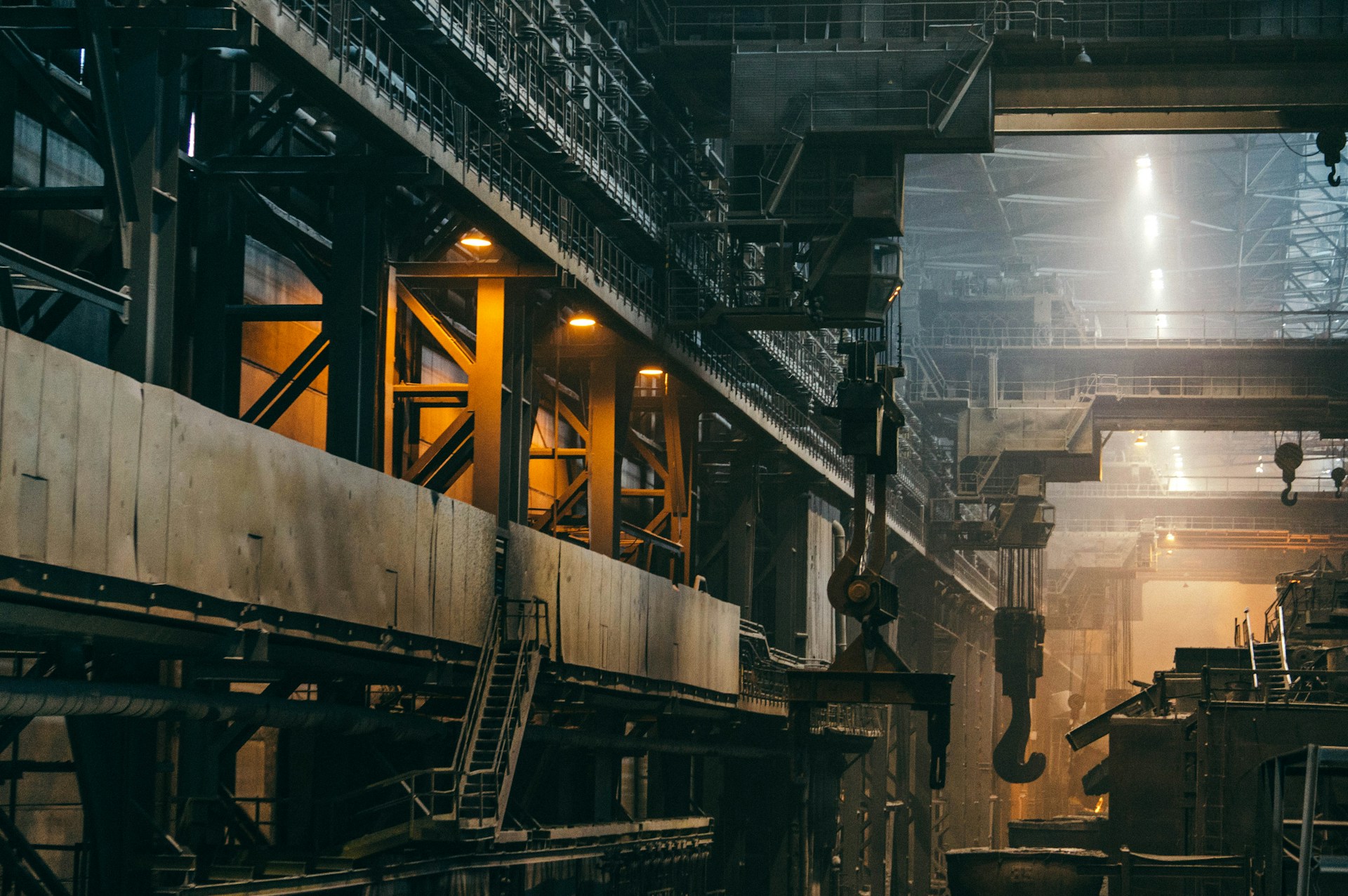How can augmented reality be used to improve remote technical support for industrial equipment?

In a world where advanced technology is reshaping various sectors, augmented reality (AR) is making significant strides in transforming the world of remote technical support. AR, a technology that overlays digital data onto the real world, is offering innovative solutions to a myriad of challenges in the field of industrial equipment maintenance and support.
As you navigate the evolving terrain of manufacturing and field services, it's crucial to understand how AR can provide real-time training, assistance and support to technicians, enhance maintenance operations, and streamline workflows. This article will delve into how augmented reality technology can bolster remote technical support for industrial equipment.
A lire aussi : Maximize online privacy with residential proxies today
Augmented Reality Redefines Remote Maintenance
The traditional approach to equipment maintenance involves sending technicians out in the field to troubleshoot and repair equipment. This method is time-consuming and costly. But what if there was a way to provide real-time assistance to field workers without physically being on-site? Enter the revolutionary concept of augmented reality.
AR has dramatically changed the landscape of remote maintenance. Using AR glasses or even a smartphone, a technician can overlay digital images and diagrams on real equipment, getting a step-by-step guide to troubleshoot and repair the machine. The AR technology enables technicians to visualize complex tasks, making the repair process faster and more accurate.
A lire aussi : What are the steps to develop a secure and efficient AI-powered risk management platform?
In addition, AR can provide remote experts with a real-time view of the equipment, enabling them to guide technicians through the repair process. This remote assistance dramatically reduces downtime, as equipment can be fixed promptly and accurately, saving both time and resources.
Harnessing AR for Real-Time Training and Support
In a rapidly evolving technological environment, staying updated with the latest equipment and processes is a major challenge for technicians. This is where augmented reality can play a crucial role in real-time training and support.
Using AR, organizations can create realistic, immersive training scenarios that enable technicians to learn and practice on digital replicas of real equipment. This hands-on training experience can help workers understand complex equipment functions, practices, and safety protocols. The best part? All this can happen from the comfort of a training room, without the need to access the actual equipment.
AR also proves to be a powerful tool in providing real-time support. For instance, if a technician encounters a problem they haven't faced before, an expert can offer immediate assistance using AR. The expert can see the problem through the technician's AR device, guide them through the problem-solving process, and even draw digital annotations in the technician's field of view to help them understand the solution.
Streamlining Work Processes with Augmented Reality
Augmented reality is not just about training and maintenance; it's also about streamlining work processes and making them more efficient. With AR, you can access relevant information in real time, right in front of your eyes, without having to flip through manuals or search the internet.
AR can also integrate with other digital tools to provide a holistic work experience. For example, a technician can use AR to scan the barcode of a machine to pull up its maintenance history, upcoming maintenance schedules, known issues, and the like. In addition, AR can integrate with enterprise resource planning (ERP) systems, allowing workers to update data in real time as they complete tasks.
Such integration of AR with other digital tools not only ensures that the tasks are performed accurately, but also that the data is updated real time, leading to better decision-making and improved operations management.
Changing the Face of Field Services with AR
Field services can significantly benefit from augmented reality. By providing workers with the necessary tools and information right at their fingertips, AR eliminates the need for time-consuming consultations with back-office experts or reference to bulky manuals. This reduces the time taken to complete tasks, increases first-time-fix rates, and enhances customer satisfaction.
AR also ensures that field service technicians are never alone, regardless of where they are. Remote experts can provide real-time guidance and help troubleshoot issues, reducing the need for second visits and significantly improving service efficiency.
Augmented Reality and Future Industrial Workspaces
The future of industrial workspaces is digital, with augmented reality leading the way. By providing real-time support and information, enhancing training, and streamifying work processes, AR is set to transform the way we maintain and repair industrial equipment.
However, there is still much potential to be explored. With advancements in AI and machine learning, AR could provide predictive maintenance suggestions, automatically identify and diagnose issues, and even offer solutions before a human technician gets involved.
As you navigate the digital landscape, embracing augmented reality could be the key to unlocking unprecedented efficiency and productivity in your industrial operations.
Augmented Reality Enhancing Quality Control and Industrial Maintenance
Traditionally, quality control and industrial maintenance have been challenging domains, often susceptible to human error. Thanks to augmented reality, these processes can now be enhanced significantly.
AR glasses or smart applications on handheld devices can overlay digital information onto real-world environments, helping technicians monitor systems and perform maintenance tasks more effectively. For example, with AR, a technician can view the internal components of a machine, understand its functioning, and identify any faults without having to dismantle the equipment. This precise visualization reduces the chances of missing a potential fault, thus improving the quality control process.
Moreover, augmented reality facilitates real-time guidance. A remote expert can view the same real environment as the on-site technician through AR technology and guide them through complex maintenance tasks. This ensures immediate troubleshooting and repair, avoiding prolonged downtime and boosting productivity.
As a result, AR significantly enhances the efficiency of the maintenance repair process, reduces equipment downtime, and ultimately leads to increased customer satisfaction. It also ensures that technicians can operate safely, minimizing the risk of injuries and accidents.
Improved Field Service with Augmented Reality
Field service is an area where augmented reality can bring about transformative changes. By equipping field technicians with smart glasses or AR-supported devices, organizations can ensure that immediate assistance and support are available, regardless of the technician's location.
This reality remote support is invaluable when technicians encounter unfamiliar problems. An expert sitting miles away can guide the technician through problem-solving processes in real-time, enhancing the quality of the field service. With AR's ability to superimpose virtual objects onto the real world, the technician can visualize the solution and implement it more easily.
Such immediate remote support not only improves the efficiency of the field service but also enhances customer satisfaction. Customers no longer have to endure long equipment downtimes or wait for a second visit from technicians. The ability to resolve issues in the first visit significantly improves the service experience.
The Future of Augmented Reality in the Manufacturing Industry
With augmented reality making such a significant impact on the manufacturing industry, its future seems promising. AR is not only improving current practices but also paving the way for novel applications in remote technical support for industrial equipment.
One of the potential future applications of AR is in predictive maintenance. Leveraging AI and machine learning, AR could predict equipment failures before they occur, allowing for preemptive repairs. This would not only save time but also avoid any potential damage caused by equipment breakdown.
AR could also provide automated diagnostics. By integrating AR with IoT sensors and advanced data analytics, faults could be automatically detected and diagnosed, even before a human technician is involved. This would drastically reduce response times and enhance the efficiency of maintenance operations.
In conclusion, augmented reality is transforming the landscape of remote technical support for industrial equipment. By providing real-time training, assistance, and support, streamlining work processes, enhancing quality control and field services, AR is revolutionizing the manufacturing industry. As we look towards the future, the integration of AR with technologies like AI and machine learning promises even more exciting advancements, making AR an essential tool in the digital landscape of industrial operations.
